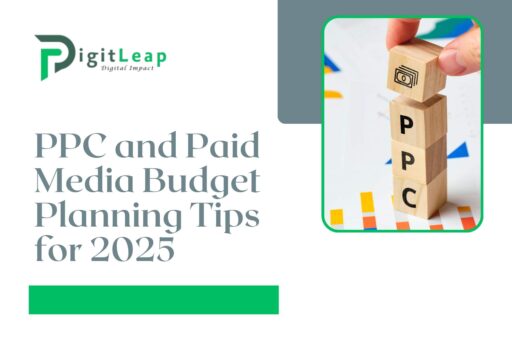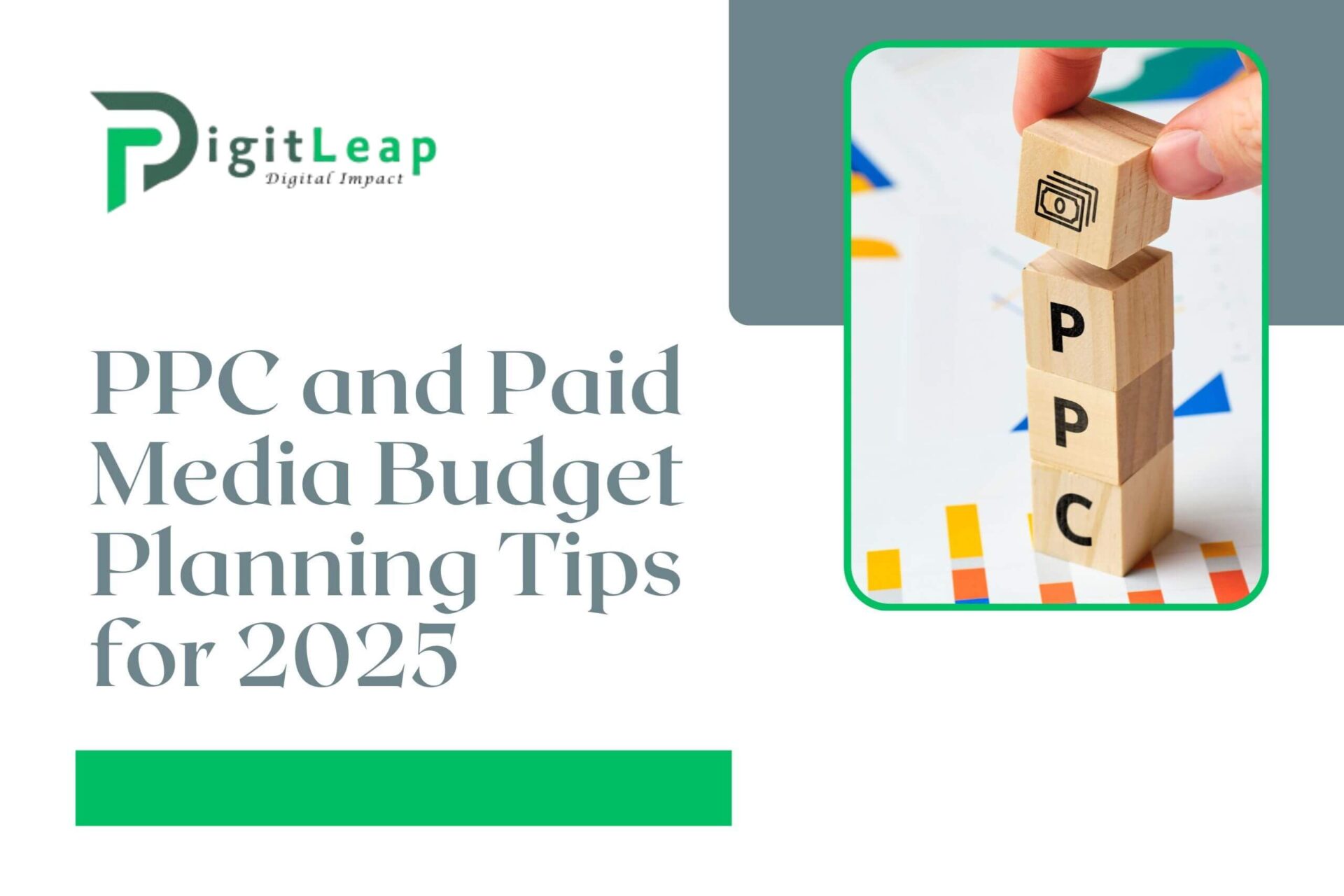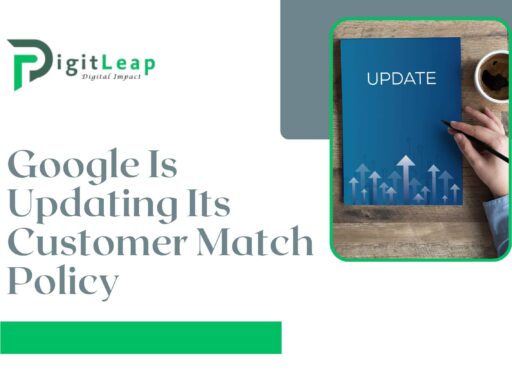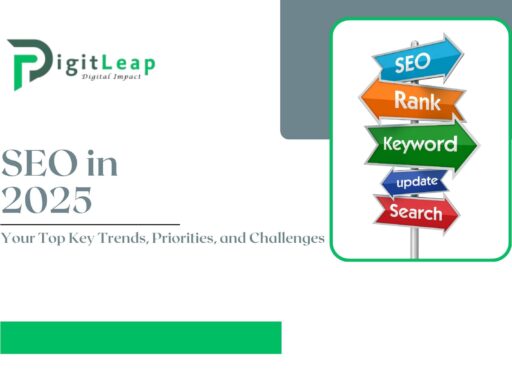PPC and Paid Media Budget Planning Tips for 2025
As digital advertising continues to grow in complexity, planning a PPC (Pay-Per-Click) and paid media budget for 2025 requires a strategic approach that adapts to changing trends and consumer behaviors. With competition increasing across Google Ads, social media platforms, and emerging ad networks, maximizing every dollar is more important than ever. Whether you’re a seasoned marketer or new to PPC, these tips will help you create an effective, data-driven budget that aligns with your business goals and adapts to the digital landscape of 2025.
1. Prioritize Data-Driven Budgeting
Data is your greatest asset when it comes to paid media planning. As you set your 2025 budget, use historical performance metrics to understand what works and what doesn’t. Examine data on conversion rates, click-through rates (CTR), customer acquisition costs, and return on ad spend (ROAS) to identify high-performing channels and underperforming campaigns.
- Use Advanced Analytics Tools: Leverage platforms like Google Analytics, Meta Business Suite, and third-party analytics tools to dive into audience insights and campaign performance. These tools allow you to make data-backed decisions and reallocate budget toward channels that show higher ROI.
- Forecast with Predictive Analytics: Many platforms now offer predictive analytics, which can help you anticipate which campaigns are likely to perform best based on past performance. This can improve your budgeting accuracy and allow you to invest confidently in high-potential campaigns.
2. Set Clear, Measurable Goals
Effective budgeting starts with clearly defined goals. Knowing exactly what you want to achieve with your PPC and paid media efforts helps to inform your budget allocation and keeps your spending aligned with business objectives.
- Define KPIs Early: Your key performance indicators (KPIs) should reflect your overall goals—whether that’s increasing brand awareness, driving sales, or improving customer retention. By setting KPIs early, you can better assess the effectiveness of each campaign.
- Segment Goals by Platform: PPC performance varies widely across different platforms, so it’s helpful to set platform-specific goals. For example, a goal on Google Ads might be conversion-focused, while a goal on Instagram could focus on engagement. Tailoring goals by platform allows for more accurate budget allocation and measurement.
3. Embrace AI-Driven Automation
AI-driven automation tools are transforming the PPC landscape, offering automated bidding, audience targeting, and even ad creative optimization. By incorporating AI tools into your paid media strategy, you can ensure your budget is spent effectively and adapt in real-time to changes in performance.
- Automated Bidding Strategies: AI can adjust bids based on real-time factors such as user behavior and device type, optimizing for conversions without manual intervention. This approach allows for better cost-efficiency and can maximize your ad spend across different times of day and audience segments.
- Dynamic Ads and Responsive Ad Formats: AI-driven platforms now allow for dynamic ads that adapt to user preferences and behavior. Use dynamic ads to customize your messaging, ensuring that your budget is spent on ads that resonate with individual audience segments and drive higher engagement.
4. Allocate Budget for Testing and Experimentation
Digital advertising is continuously evolving, and testing new approaches is essential for staying competitive. By setting aside a portion of your budget for A/B testing and experimentation, you can discover new strategies that could lead to better results.
- A/B Testing: Use A/B testing to compare different ad creatives, copy, and targeting options. Testing allows you to identify the best-performing combinations, so you can allocate more budget to high-impact strategies.
- Explore New Platforms and Formats: In 2025, emerging platforms and ad formats could offer untapped opportunities. For instance, short-form video ads on TikTok and Reels, or in-app ads on gaming platforms, might help reach new audiences. Use a test budget to experiment with new placements and identify high-ROI opportunities.
5. Emphasize Mobile-First Budgeting
Mobile ad spending is expected to keep rising as users increasingly rely on their phones for browsing, shopping, and entertainment. Ensuring your campaigns are mobile-friendly is essential for reaching audiences where they spend the most time.
- Optimize for Mobile Ad Experiences: Make sure your ads load quickly, are visually appealing on smaller screens, and have clear calls-to-action (CTAs) that are easy to tap. Mobile-optimized ads lead to better engagement and conversion rates, helping you get the most from your budget.
- Mobile-Specific Campaigns: In some cases, it may be worthwhile to create campaigns that are exclusive to mobile users. Consider allocating budget to mobile-specific ads that target in-app browsing, mobile search, or social media scrolling to capture attention in a mobile-friendly format.
6. Balance Brand Awareness and Conversion-Driven Campaigns
Many businesses make the mistake of focusing solely on conversion-driven campaigns, but brand awareness plays an essential role in long-term growth. In 2025, balancing budget allocation between brand awareness and conversion goals can create a more robust paid media strategy.
- Upper-Funnel vs. Lower-Funnel Budgeting: Allocate a portion of your budget to upper-funnel campaigns (such as video ads or display ads) to raise brand awareness. Then, use retargeting and conversion-focused ads to guide users further down the funnel, converting interested prospects into customers.
- Measure Brand Lift: If your goal includes brand awareness, measuring brand lift—such as increases in ad recall or search volume for your brand—can help you determine the impact of your investment. Awareness campaigns might not yield immediate conversions, but they build a foundation for future interactions.
7. Consider Seasonality and Market Trends
Every industry experiences fluctuations based on seasonality, trends, and market demands. Planning your PPC budget with these factors in mind can help you maximize spending during high-demand periods and save during low-traffic times.
- Seasonal Budget Adjustments: For e-commerce businesses, peak seasons like the holidays may require additional budget. Review past seasonal performance to anticipate when your budget should be increased to capture heightened demand.
- Stay Adaptable with Real-Time Market Trends: Use tools that track industry and consumer trends, allowing you to adjust your budget based on current events, seasonal trends, or consumer sentiment. Flexibility in budgeting can help you quickly adapt to new opportunities as they arise.
8. Implement Retargeting Strategies for Maximum ROI
Retargeting campaigns target users who have previously interacted with your brand but did not convert, making them highly effective for increasing ROI. By allocating a portion of your budget to retargeting, you can re-engage users who are already familiar with your brand, guiding them closer to conversion.
- Dynamic Retargeting Ads: For e-commerce, dynamic retargeting ads that showcase products users have already viewed can increase the chances of conversion. These personalized ads often lead to higher engagement and ROI.
- Cross-Platform Retargeting: To maintain brand consistency and reach audiences across multiple touchpoints, consider retargeting across Google Ads, Facebook, and Instagram. Cross-platform retargeting increases your chances of reaching users where they are most active.
9. Monitor, Analyze, and Adjust Regularly
The most successful PPC campaigns are those that are actively monitored and adjusted based on real-time performance data. Regular analysis helps you spot trends, eliminate underperforming ads, and reallocate budget where it’s needed most.
- Weekly Performance Reviews: Conduct weekly or bi-weekly reviews of your campaigns to see how they’re performing relative to your KPIs. Look for underperforming keywords, placements, or ad groups, and adjust accordingly.
- Budget Reallocation: If certain campaigns or platforms are outperforming others, consider shifting more budget toward them. This flexibility allows you to maximize your return on investment and improve overall campaign performance.
10. Account for Privacy and Compliance
Privacy regulations are shaping the future of digital advertising, with a focus on user consent and data security. Budgeting for compliance ensures you meet legal standards and build trust with customers.
- Invest in Privacy-Compliant Solutions: Consider investing in ad platforms and software that prioritize data privacy. Privacy-compliant tools can protect your brand and ensure that your campaigns align with evolving regulations.
- First-Party Data Strategies: With privacy regulations limiting third-party data use, focusing on first-party data (data you collect directly from your customers) is a valuable investment. Building first-party data strategies helps you create personalized ads while respecting user privacy.
Conclusion
Planning an effective PPC and paid media budget for 2025 requires balancing data-driven insights, emerging trends, and a flexible, adaptable approach. From leveraging AI-driven automation to focusing on retargeting and privacy-compliance strategies, brands that plan carefully and prioritize user-centric advertising are poised to see the best results.
At Digit Leap, we specialize in helping businesses make smart, data-backed budget decisions that fuel growth. With our expertise in paid media and PPC strategy, we empower brands to reach their audience effectively and achieve their goals in an ever-evolving digital world.






